| What to buy (and skip) in January Shop with purpose to save more money. By Courtney Jespersen NerdWallet DECEMBER 27, 2019 — 8:41PM This could be the year that you shop with purpose and save more money. Here are our recommendations for what to buy — and skip — in January 2020. Buy: Christmas decorations. The period after Christmas has long been the best time to buy Christmas decorations. You may scoop up some post-Christmas deals on Dec. 26, but come Jan. 1, there will still be a handful of artificial trees, red ornaments and shiny wrapping paper spilling into store clearance aisles. Stock up on holiday closeouts if you have space to store extra tinsel until next December. |
Toys were hot during the holidays, but with Christmas over, January likely won’t see many worthwhile toy deals. The good news is, your little ones are probably set for awhile with all of their December gifts.
Buy: TVs.
The end of football season marks the beginning of television deals, as retailers help shoppers prep for viewing parties. The Super Bowl is slated for Feb. 2, and we expect retailers will kick off sales at the end of January, making it an excellent time to score a bargain.
Traditionally, major retailers like Amazon, Best Buy, Target and others discount a wide variety of TVs in assorted brands and sizes before the big game. Look for similar savings again in 2020.
Skip: Mattresses.
Great deals on mattresses happen in February when Presidents’ Day sales bring discounts. For instance, in 2019, Mattress Firm offered a free adjustable base with a qualifying mattress purchase of $599 or more. Nectar Sleep gave $125 off, plus two free pillows, with purchase of a Nectar mattress.
This year, Presidents’ Day is Feb. 17, so wait another month if you’re in the market for a new mattress.
If February is too soon for your budget, mattress deals will return in May, over Memorial Day weekend, and in September, over Labor Day weekend.
Buy: Fitness gear.
January is a solid time to sign up for a gym at a discount, as many chains offer special New Year’s rates. But don’t spend that money unless you are sure you will use the membership. All too often, new members lock themselves in for a full year, then stop showing up after a month or two.
Or, if you prefer to work out at home, fitness equipment will be discounted, too.
Shop: White sales. You might not want to buy a whole new mattress, but you can save on the sheets and blankets that go on your existing one. January is when department stores host “white sales” to clear out their inventory of sheets, towels, blankets and more. Expect savings to be especially deep on clearance items. In the past, we’ve seen stores offer 60 to 70% off bedding basics.
Bonus: Martin Luther King Jr. Day sales.
You may not associate King’s birthday holiday with shopping, but retailers certainly do. It falls on Jan. 20, and you can anticipate deals on clothing and home goods. Highlights from prior holiday weekend sales included up to 75% off linens at Bloomingdale’s and a coupon for 40% off a purchase at Gap.
Bonus: National Spaghetti Day.
The calendar is filled with days of observation for just about everything, and one of them — National Spaghetti Day — happens
Jan. 4, your chance to get dinner on the house at participating restaurants.
Courtney Jespersen is a writer at NerdWallet. E-mail: courtney@nerdwallet.com. Twitter: @CourtneyNerd.

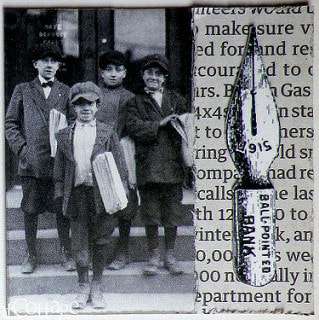

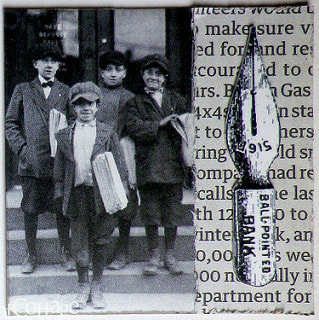
















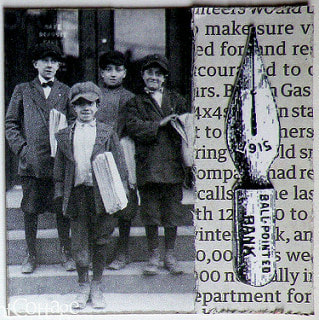




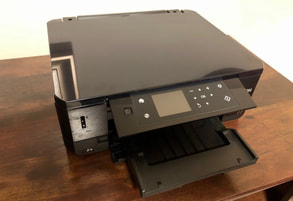


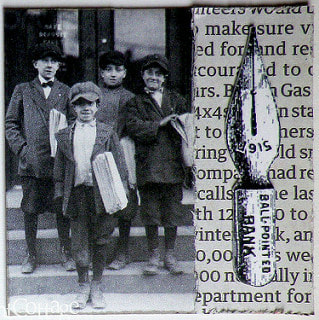

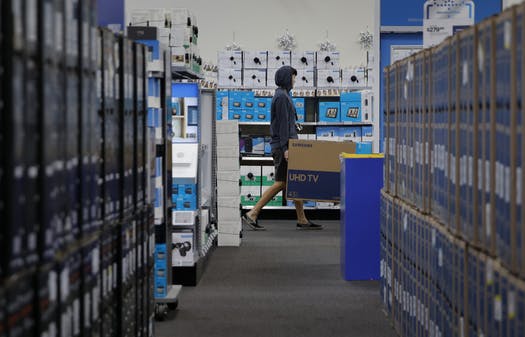

 RSS Feed
RSS Feed